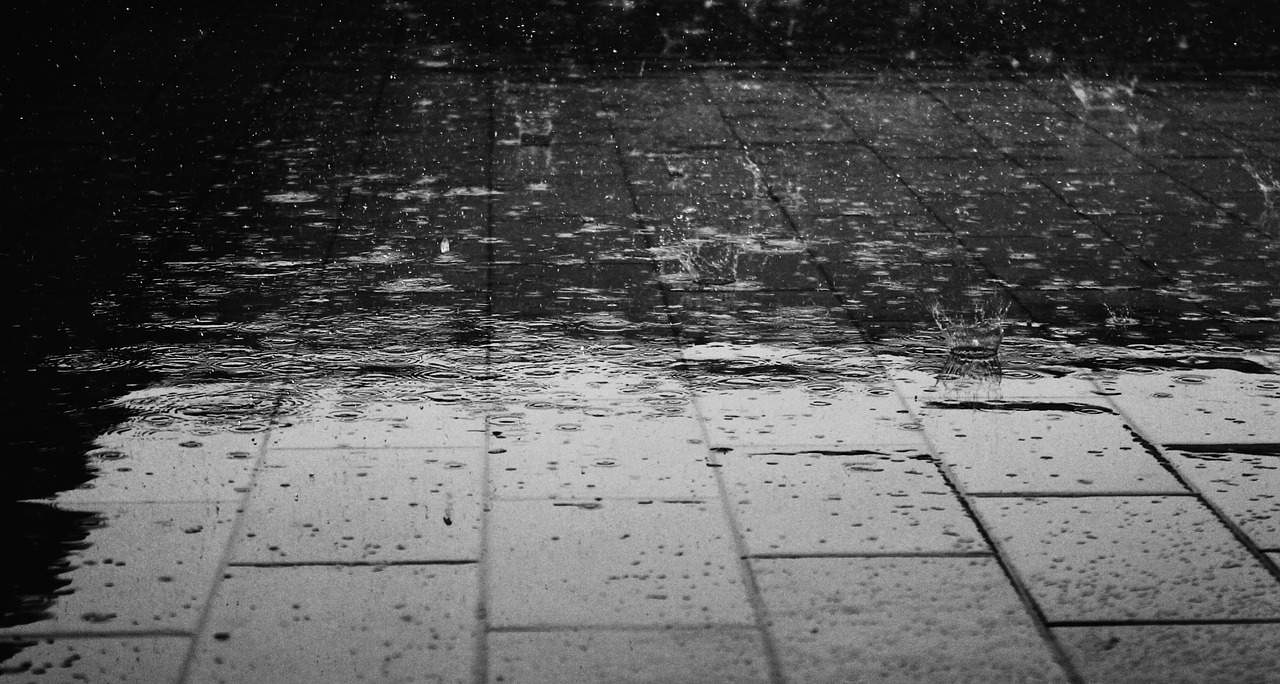By Jay Lund.
Storms are filling reservoirs, building snowpack, and flooding in ways not seen since the most recent California drought began in 2012. The state’s reservoirs today contain 1.2 million acre-ft more water than the long-term average for this time of year (the first time above average in 6 years). Two years ago reservoir storage was 8 million acre-ft below average. Most of the state’s precipitation and snowpack are far above average, boding well for this water year.
In terms of surface water, most of California is no longer in drought. The accumulated reservoir and soil moisture deficits of the last 5 years have been filled in most of the state. Only Santa Barbara, supplied by Lake Cachuma (currently 11% of average storage), faces major urban drought. Most water shortages last year, from inability to move water across the Delta to the southern Central Valley, seem to be overcome this year. Today, San Luis Reservoir contains 93% of its long-term average storage for this time of year. Unless the remainder of the year is incredibly dry and warm, 2017 will not be a drought for surface water, with perhaps a few local exceptions.
For groundwater, aquifers in northern California should be doing quite well. They were not terribly depleted during the drought and have wetter conditions to more readily refill them. For the southern Central Valley and southern California, wetter conditions will reduce pumping and increase recharge. But these regions have less surface water to recharge aquifers, and the southern Central Valley typically has net aquifer overdraft in all but the wettest years. Some southern Central Valley aquifers might never recover to pre-drought levels.
Droughts often have long tails, especially for extended droughts over such a large state. Groundwater in the southern Central Valley might rise some, but will remain low, keeping some wells stranded and increasing pumping costs for years and perhaps decades. Drought damage to California’s forests could require decades to recover, or, if higher temperatures persist, the ecology of many forests might shift to new normal conditions. Native fish also will likely need years to recover – with impediments from already depleted numbers and highly disrupted and altered ecosystems.
Droughts usually bring water shortages, but not all water shortages are from drought. Some speak of drought as permanent for California. But, it is better to think of California being a dry place with permanent water shortages (except in unusual wet years), which is also prone to drier than average years, which are droughts. California must reconcile itself to being a dry place and some long-term water shortages. It must also prepare for periods of drier than average conditions with greater shortages and costs, which are droughts.
For policy-makers the distinction is important. If every year is labeled a drought crisis or emergency, then “drought” loses important meaning and urgency needed to motivate and conserve to higher levels in drier conditions. In addition to managing during drought, we must manage other years for normally dry conditions, which will often include deliveries less than desires and storing water and suppressing some demands in preparation for still-drier drought conditions.
As this drought goes out the door, it will say, in the words of our former Governor, “I’ll be back.”
[divider] [/divider]
Originally posted at the California Water Blog.
Jay Lund is a professor of civil and environmental engineering and director of the Center for Watershed Sciences at UC Davis.





